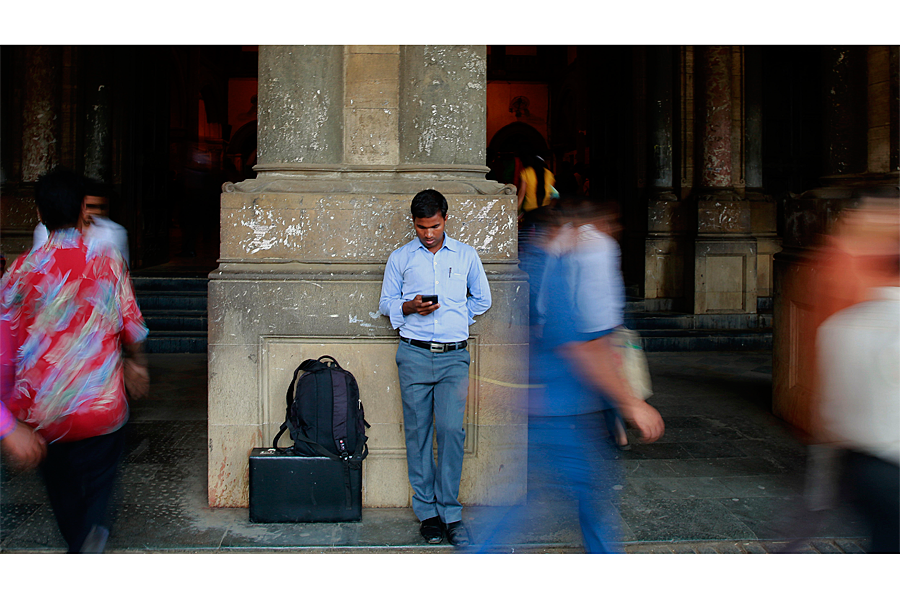Why India is about to overtake US in online presence
Loading...
The number of Internet users in India is rising fast. By December, the total number of users is projected to reach 402 million, exceeding the 300 million total users in the United States and establishing India as the second largest online population in the world.
According to a report released Tuesday by the Internet and Mobile Association of India (IAMAI) and market research firm IMRB, more than 87 percent of India’s Internet users will go online every day – about 350 million. And by next June, the full figure will reach 462 million.
Not surprisingly, China maintains a solid hold on the largest number of total users, with some 600 million people accessing the Internet. But India's usage is skyrocketing.
"While Internet in India took more than a decade to move from 10 million to 100 million and 3 years from 100 to 200 million, it took only a year to move from 300 to 400 million users," the IAMAI wrote in a statement.
As an emerging market, India’s Internet proliferation makes a lot of sense.
"Clearly, Internet is mainstream in India today," wrote the IAMAI, which is "good news for the overall growth of the digital industry.”
Rural usage and the affordability of smartphones account for much of the expansion in usage.
Although urban centers comprise the bulk of Internet activity, access in rural areas grew by 77 percent over the past year – 27 percentage points higher than the rate of growth among India’s eight largest cities.
The data also shows that most users are getting online via mobile devices. In October, out of the total 317 million Internet users, 276 million were on smartphones or tablets.
"With smartphones in India now available for under 5,000 INR [$75], ... we expect that the upsurge in overall Internet penetration will be driven by mobile,” IAMAI’s Nilotpal Chakravarti told TechCrunch.
India’s Internet demographics also reveal a startling gender gap: 71 percent are male. In rural areas, the number of male users is growing faster than female users, but the inverse is true in cities.
So far, India’s internet users constitute barely a third of its total population of 1.2 billion people, while 17 countries have over 90 percent their populations connected on the World Wide Web, according to the World Bank.
No. 1, Iceland, can boast 98 percent participation. In the US, it’s just over 87 percent.





